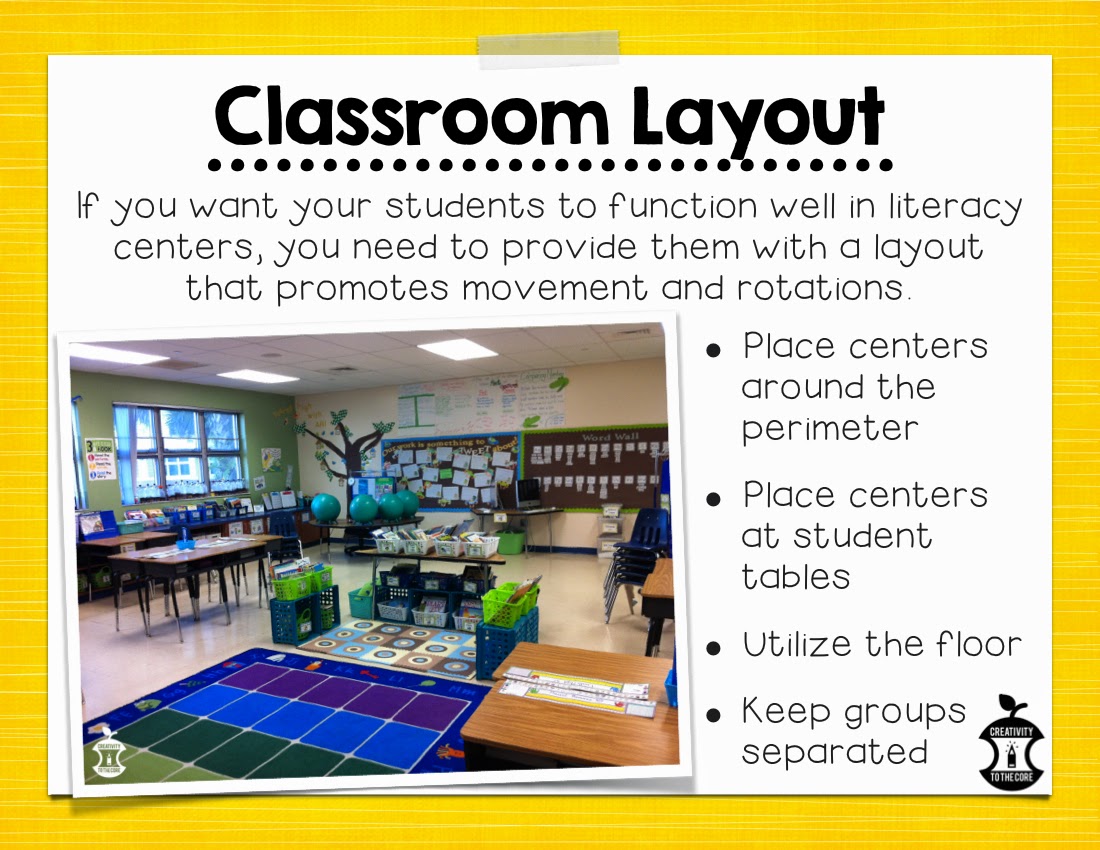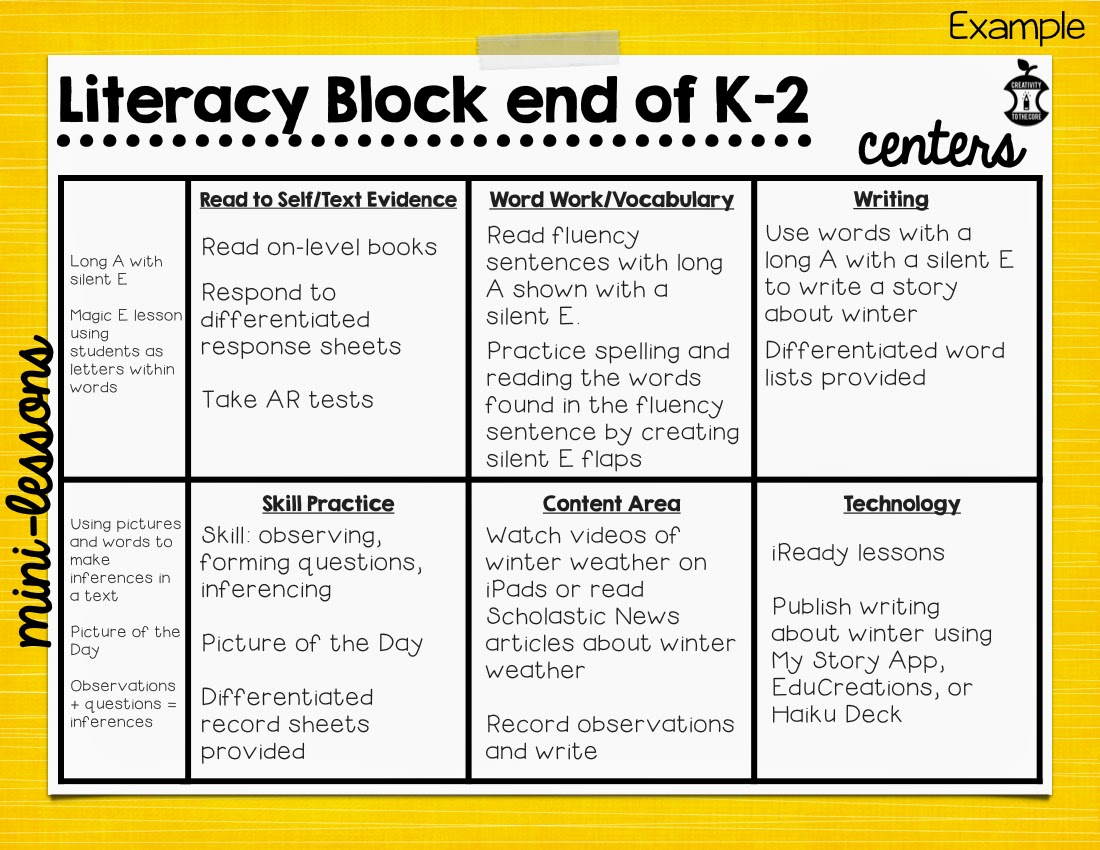I wrote this post last week as part of my collaborative blog The Primary Pack. Thought you may enjoy it! I hope if brings you some ideas for your fluency instruction. :)

Fluency Overview
In
the past, fluency was defined as the ability to read smoothly and effortlessly,
at a quick, automatic rate (Harris & Hodges, 1995; Logan, 1997). A
student’s reading rate and accuracy are very important because less time spent
on decoding leaves more time for the brain to focus on comprehension. However,
after recent research, fluency has come to encompass much more. It now includes
prosodic elements such as expression, volume, phrasing, pacing, and smoothness.
When students read with prosody, they are able to capture the meaning of the
story or script. Current research supports phrasing, pacing, and smoothness as
elements that help develop fluency in students. (Clark, Morrison, & Wilcox,
2009)Although fluency is a large part of reading curricula, it is often neglected in reading instruction (Reutzel & Hollingsworth, 1993; Zutell & Rasinski, 1991). Many teachers refer to traditional methods of measuring fluency. This is usually comprised of giving students an unfamiliar passage and timing their reading while keeping track of errors. Research has shown that varying the fluency practice is beneficial in the classroom in order to motivate those students who are not motivated by competition (Tyler & Chard, 2000; Worthy & Prater, 2002). Repeated readings of familiar texts are necessary in order for fluency, and therefore prosody, to increase.
Fluency in My Classroom(s)
If you teach primary grades, then I'm sure you are used to the Oral Reading Fluency (ORF) Assessments or something of the sort. These are short stories that we ask students to read while we time them and note any mistakes. Last year, I had very high first graders who already read fluently, so our ORFs were easy to administer. I didn't stress about them. I simply tested my kids, plugged in their scores, and clicked submit.
Fast forward to this past fall. During the first half of the school year, I taught in a private school. One of the small groups that I worked with consisted of first graders who were struggling readers. Fluency was....not quite their strong point.
Fast forward to January. I transferred back to the public school I was at previously. I now work with third graders, many of whom are at a lower level than the first graders I had last year. So I began to ask myself....What are they missing?
After attending a training in Orton-Gillingham, {LOVE! If you ever have the chance to go, GO! Run! I recommend it over any conference I have ever been to!} I was convinced that students (or at least the ones I have worked with) were lacking basic instruction in phonics skills. If I could teach them the skills that they were lacking, would they then be fluent? Could they then comprehend?
Skill-Based Fluency
I love the idea of fluency practice every day, especially in the primary grades. I have seen the benefits of repeated readings, and the smiles and giggles from successful readers. BUT I have always thought that fluency passages were sort of...random. I'm not saying that they are ineffective. I am not telling you not to use them as part of your curriculum. In fact, many curriculums require them.
Let me just explain my reasoning...
If I am teaching silent E, wouldn't it be great to immerse the kids in silent E? Letting them SEE silent E everywhere they look or read will help them to identify silent E in the future. Right? So, why not include that skill in your fluency instruction?
I began doing this with two different groups of struggling readers, and have seen the positive effects already! We use LOTS of hands-on activities to drive this concept home. The following pictures are from two groups of students - first graders and second graders.
One activity that my students love is this silent E set from the talented Lavinia Pop.
 |
| Use sound chips when saying each sound. |
 |
| Add the silent E with a dry erase marker and use the sound chips to read the word again, changing the vowel sound. |
Another day during the same week, we read these Rhyming Poems which are WONDERFUL because they have Elkonin boxes for the rhyme sounds. We use sound chips again here. The students would put a sound chip in the box each time they heard a long vowel and saw a silent E. Then, they would underline the silent E words. In pairs, they would face each other and take turns reading the poem as I listened in and gave advice on pausing and pronunciation of words.
During the same week, I introduce fluency sentences. Jen Jones {my literacy hero} created these amazing fluency sentences that are organized by skill. AHHHHH! Can you hear the hallelujah chorus?! Perfect for RtI and intervention groups!
 |
| Students read each sentence and underline and silent E words that they read. I then have them check with their partner to see if any have been missed. Then, they add any underlines that they missed. |
 |
| I have the kids whisper read to themselves as I listen in to them one at a time. Then, we read together. Finally, they read to a buddy. |
You will see here that this sweetie underlined "the" in the second sentence above. This was a GREAT teachable moment to discuss the fact that "Not every E at the end of a word is a silent E." Use these mistakes to help students understand the reasoning behind the skill.
At this time, I am currently working with struggling second graders for my final practicum project. These short vowel fluency passages from Miss DeCarbo are a savior! The kids seriously love spinners, so that's a plus! This set requires students to hunt for words and participate in repeated readings of the text. And guess what!?! They are ALL based on a phonics skill!
 |
| This page focused on "ack". The kids were SO excited that the word backpack had TWO "ack" sounds in it! |
 |
| After completing all of the steps and reading the passage together as a group a few times, students buddy read. They listen for changes in their partner's voice each time there is punctuation. |
As you go off into your classroom this week, think about including your skills into your fluency practice. There are oh so many ways that you can do this. Just keep practicing in a variety of ways, and make fluency fun! As they say, "Practice Makes Permanent!"












































